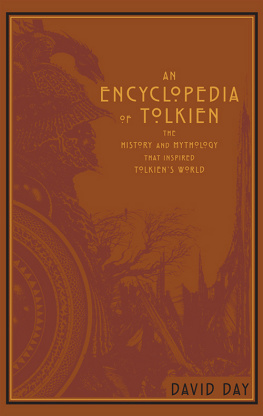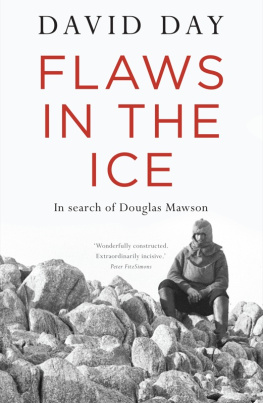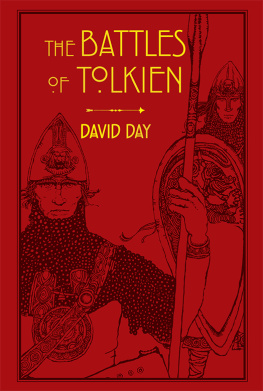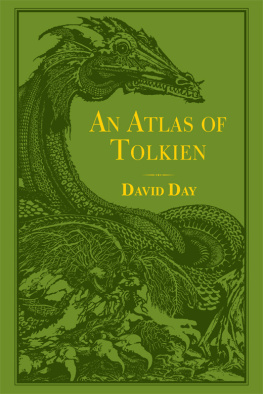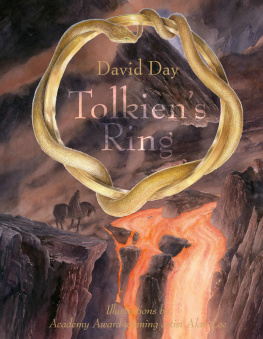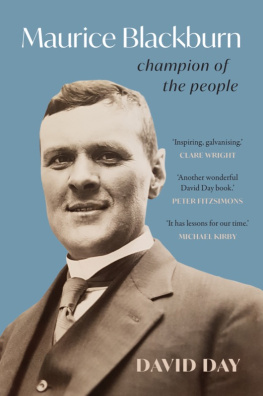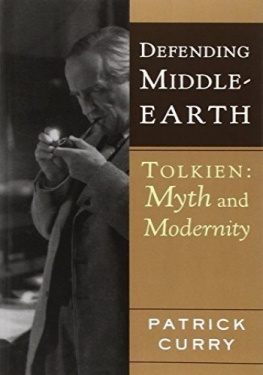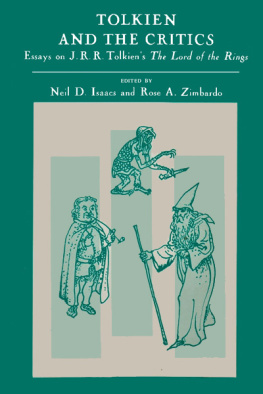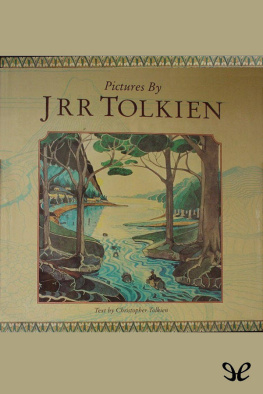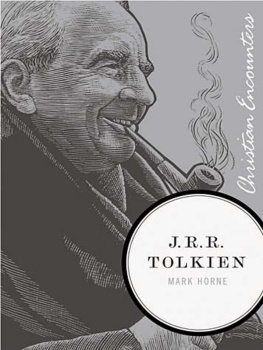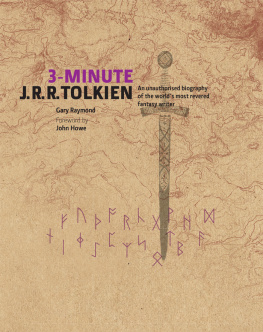David Day - The Hobbits of Tolkien
Here you can read online David Day - The Hobbits of Tolkien full text of the book (entire story) in english for free. Download pdf and epub, get meaning, cover and reviews about this ebook. genre: Religion. Description of the work, (preface) as well as reviews are available. Best literature library LitArk.com created for fans of good reading and offers a wide selection of genres:
Romance novel
Science fiction
Adventure
Detective
Science
History
Home and family
Prose
Art
Politics
Computer
Non-fiction
Religion
Business
Children
Humor
Choose a favorite category and find really read worthwhile books. Enjoy immersion in the world of imagination, feel the emotions of the characters or learn something new for yourself, make an fascinating discovery.

The Hobbits of Tolkien: summary, description and annotation
We offer to read an annotation, description, summary or preface (depends on what the author of the book "The Hobbits of Tolkien" wrote himself). If you haven't found the necessary information about the book — write in the comments, we will try to find it.
The Hobbits of Tolkien — read online for free the complete book (whole text) full work
Below is the text of the book, divided by pages. System saving the place of the last page read, allows you to conveniently read the book "The Hobbits of Tolkien" online for free, without having to search again every time where you left off. Put a bookmark, and you can go to the page where you finished reading at any time.
Font size:
Interval:
Bookmark:
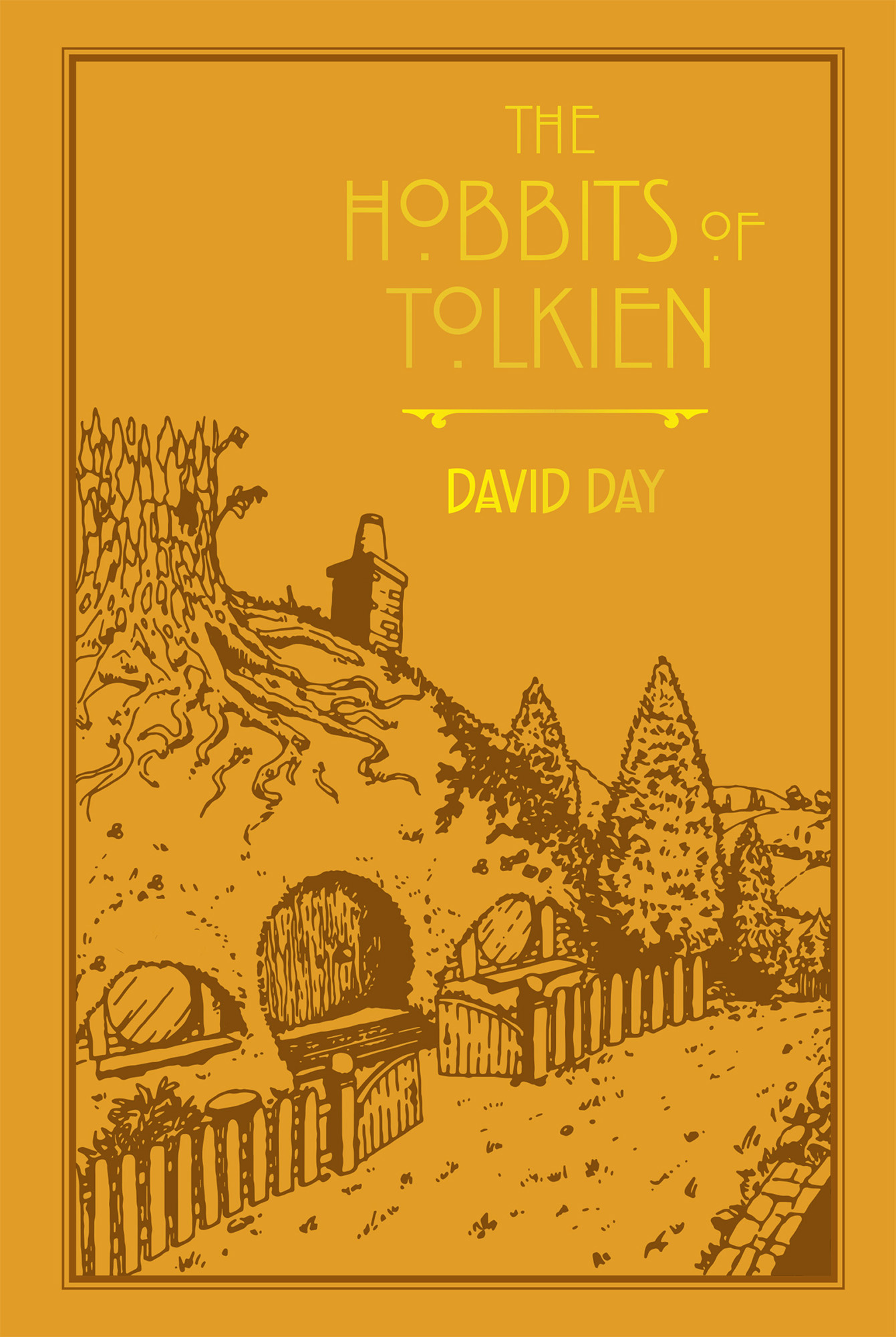


Thunder Bay Press
An imprint of Printers Row Publishing Group
10350 Barnes Canyon Road, Suite 100, San Diego, CA 92121
www.thunderbaybooks.com
Text copyright David Day 2019
Artwork, design and layout copyright Octopus Publishing Group Ltd 2019
All rights reserved. No part of this publication may be reproduced, distributed, or transmitted in any form or by any means, including photocopying, recording, or other electronic or mechanical methods, without the prior written permission of the publisher, except in the case of brief quotations embodied in critical reviews and certain other noncommercial uses permitted by copyright law.
Printers Row Publishing Group is a division of Readerlink Distribution Services, LLC. Thunder Bay Press is a registered trademark of Readerlink Distribution Services, LLC.
All notations of errors or omissions should be addressed to Thunder Bay Press, Editorial Department, at the above address. All other correspondence (author inquiries, permissions) concerning the content of this book should be addressed to Pyramid, an imprint of Octopus Publishing Group Ltd Carmelite House, 50 Victoria Embankment, London EC4Y 0DZ
www.octopusbooks.co.uk
THUNDER BAY PRESS
Publisher: Peter Norton
Associate Publisher: Ana Parker
Publishing/Editorial Team: April Farr, Kelly Larsen, Kathryn C. Dalby
Editorial Team: JoAnn Padgett, Melinda Allman, Traci Douglas
PyRAMid
Publisher: Lucy Pessell
Designer: Lisa Layton
Editor: Sarah Vaughan
Copyeditor: Robert Anderson
Proofreader: Bruno Vincent
Indexer: MFE Editorial Services
Senior Production Manager: Peter Hunt
Note: Illustration credits correspond to pages in the printed book.
Illustrations by Victor Ambrus (3)
eBook ISBN: 978-1-64517-146-1
eBook Edition: February 2020
This book has not been prepared, authorized, licensed or endorsed by J. R. R. Tolkiens heirs or estate, nor by any of the publishers or distributors of the book The Lord of the Rings or any other work written by J. R. R. Tolkien, nor anyone involved in the creation, production or distribution of the films based on the book.
To my brother, Brian Day


I t came into being on a certain fateful summer afternoon in Oxfordshire in 1930. It was not exactly an invented word, but nobody had ever really used it in quite the way Professor J. R. R. Tolkien did when he scribbled it down on a scrap of paper in his study at 20 Northmoor Road in suburban Oxford.
The word Hobbit was soon to be as much a magical word for Professor Tolkien as hocus-pocus was for any fairy-tale magician. In fact, Hobbit was the most important single word that ever inspired him to invent a story. Most authors create characters and then find names for them, but Professor Tolkiens mind reversed that order. He always acknowledged that it was words themselves that suggested characters, creatures, races, species, plots, places and entire worlds to him. Above all things, J. R. R. Tolkien was a scholar who studied words a philologist and he was one of the compilers of the prestigious Oxford English Dictionary. Consequently, in his creative fiction, words themselves proved to be his chief source of inspiration. This was absolutely true of his new word: Hobbit.
What do we really know about the arrival of Tolkiens Hobbit? Superficially, not much. Tolkien himself tells us about the moment of the words delivery. He makes it sound like an unannounced and anonymous letter with no postmark and no return address dropped into his mailbox. All I remember about the start of The Hobbit is sitting correcting School Certificate papers in the everlasting weariness of that annual task forced on impecunious academics with children. On a blank leaf I scrawled: In a hole in the ground there lived a hobbit. I did not and do not know why.

The Shire
The human imagination is a complex and peculiar thing: part magpie and part magician. It is common for authors and artists blessed with creative powers to refuse to tamper with the imagination. However, Tolkien was also a trained scholar and he actually knew a lot about the forces that shaped the Hobbit and his world. Many years after The Hobbit had been published Tolkien wrote expansively about this seminal moment. One of the candidates had mercifully left one of the pages with no writing on it (which is the best thing that can possibly happen to an examiner) and I wrote on it: In a hole in the ground there lived a hobbit. Names always generate a story in my mind. Eventually I thought Id better find out what hobbits were like. But thats only the beginning. So, Tolkien himself said it: in the beginning was the word Hobbit. Furthermore, in his statement that I thought Id better find out what hobbits were like, we can clearly see Tolkiens creative mental process at work. Many authors talk about creating a character, but whenever someone asked Tolkien about a character (or a race or a thing or a place) that was named but not yet fleshed out in the text of his stories, he would invariably say, Ill go and try to find out more about it.
That is, Tolkien behaved as if that character (or thing or place) existed in a sort of parallel world where its whole nature was waiting to be discovered and recorded in the most minute detail. Tolkien did not see his job as a writer as being that of a creator but that of an explorer and chronicler of an already existing world that awaited discovery through the language itself.
This book is an exploration of the inspirational power of language. It proposes that the entire body of Tolkiens writing dealing with Hobbits was essentially the product of a list of associations with the word Hobbit. Thus, the invention of the word Hobbit resulted in the creation of the character, race and world of the Hobbit.
If this appears to be a peculiar form of thinking, that is exactly what is intended. Tolkien invents a philological origin for the word Hobbit as a worn-down form of an original invented word holbytla (which is actually an Old English construct) meaning hole-builder. Therefore, the opening line of The Hobbit is meant as an obscure lexicographical joke. It is a deliberate tautology: In a hole in the ground there lived a hole-builder.
To take this approach a stage further, one can look at the Modern English word hole, which is derived from the Old English hollow. By bizarre coincidence, hollow originally came from the Old German hohl pronounced hole.

Not content with the spiral ending there, Tolkien couldnt resist adding a few more twists by stating that the word Hobbit as a worn-down form of
Font size:
Interval:
Bookmark:
Similar books «The Hobbits of Tolkien»
Look at similar books to The Hobbits of Tolkien. We have selected literature similar in name and meaning in the hope of providing readers with more options to find new, interesting, not yet read works.
Discussion, reviews of the book The Hobbits of Tolkien and just readers' own opinions. Leave your comments, write what you think about the work, its meaning or the main characters. Specify what exactly you liked and what you didn't like, and why you think so.

